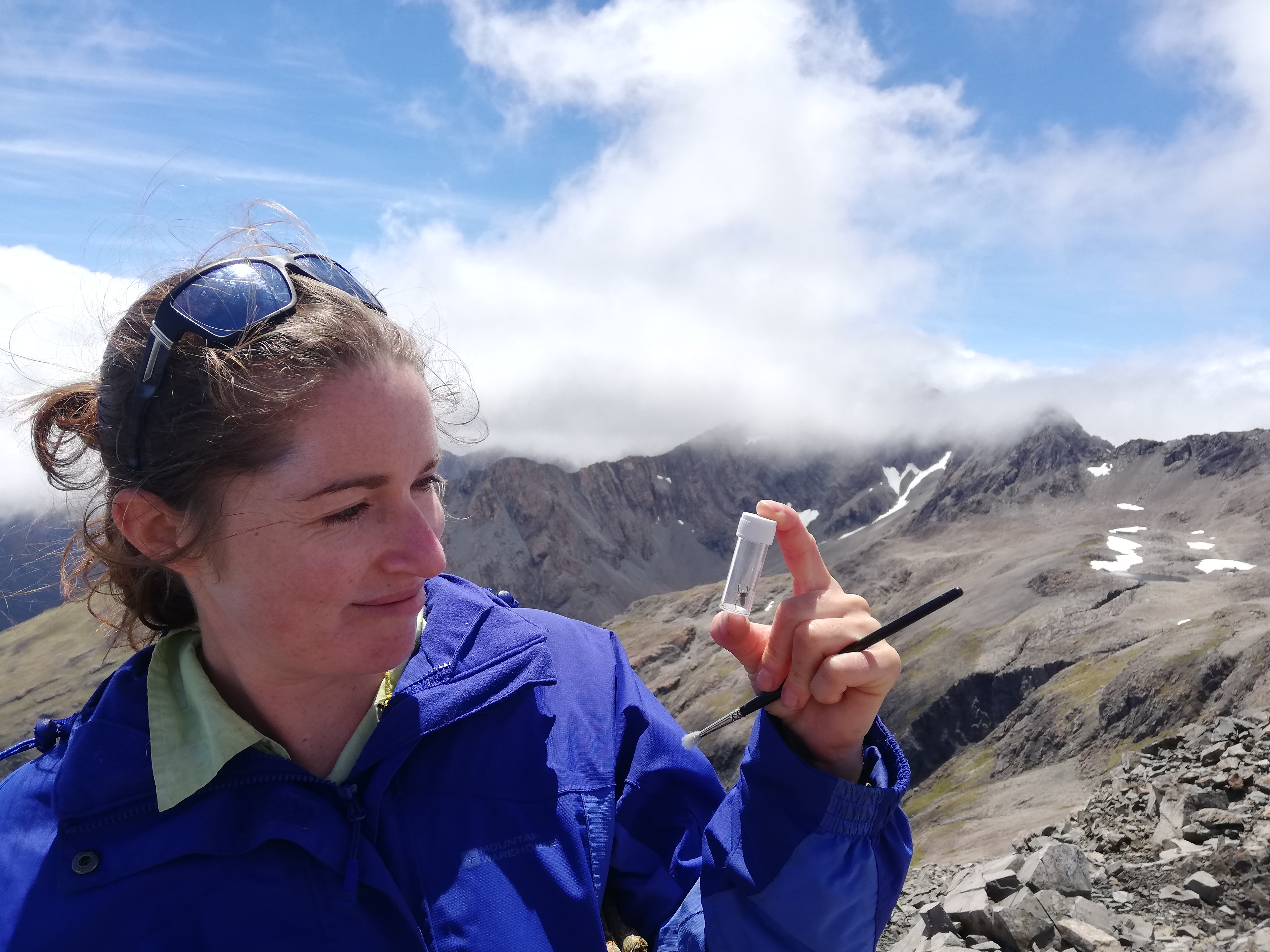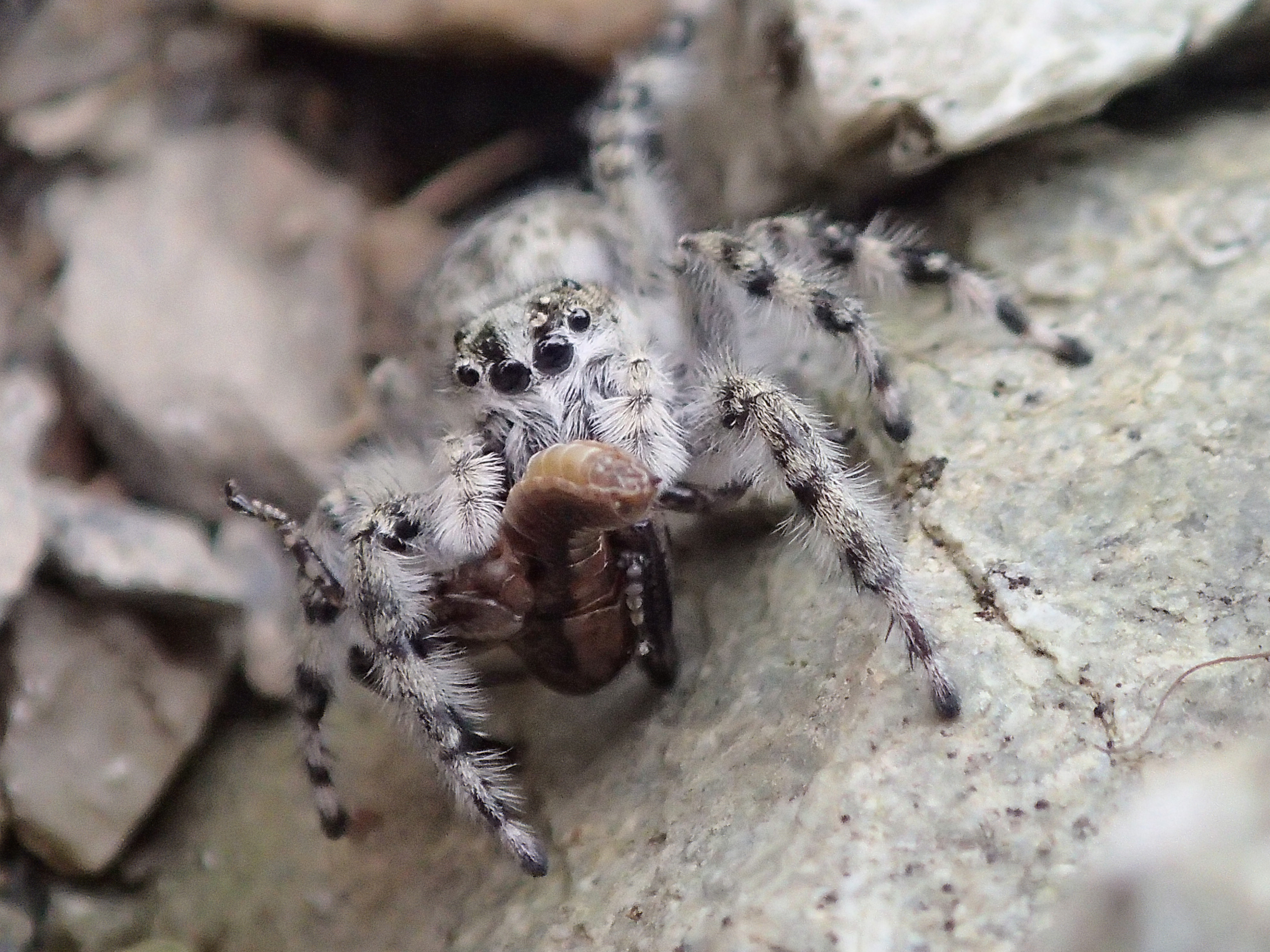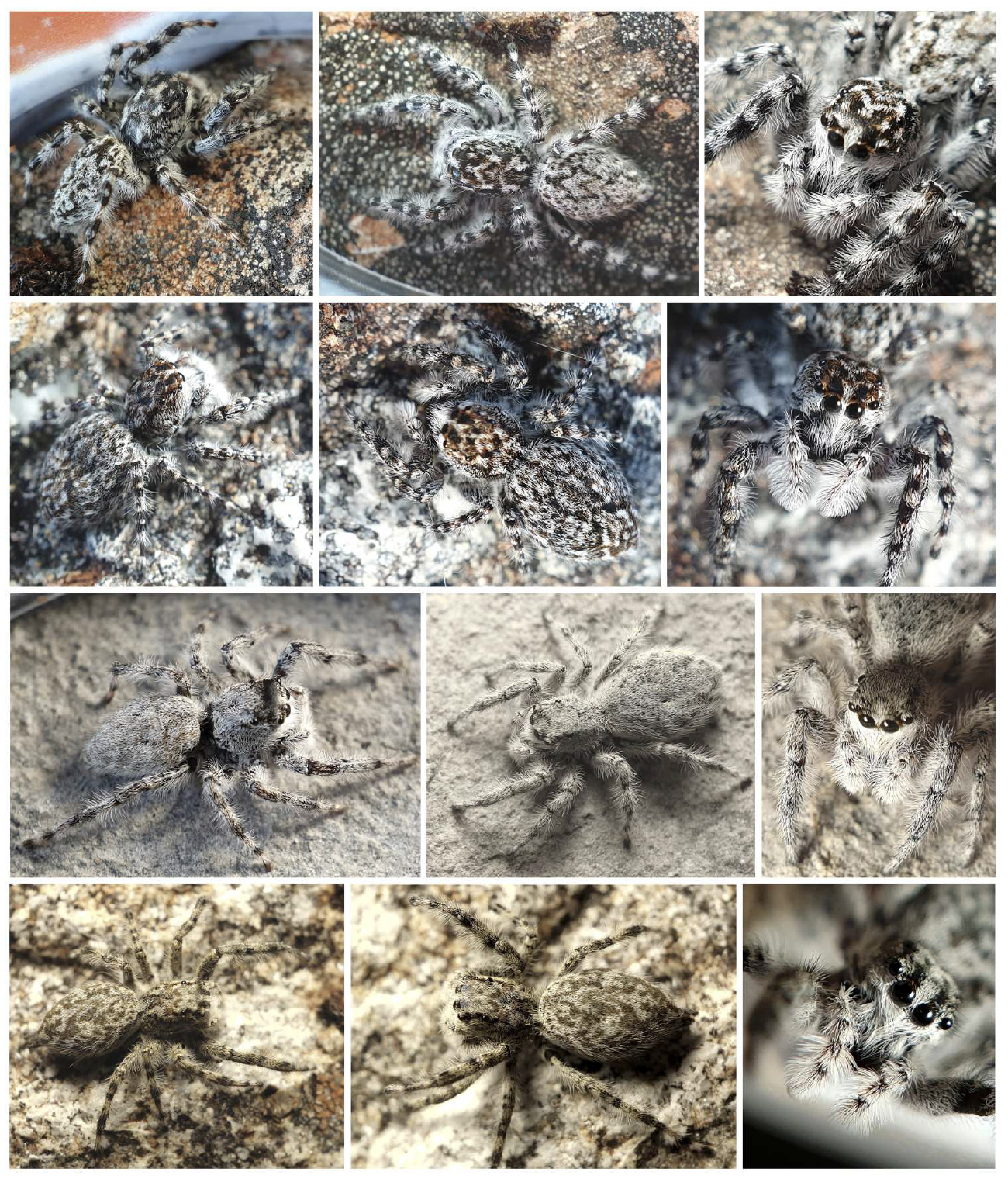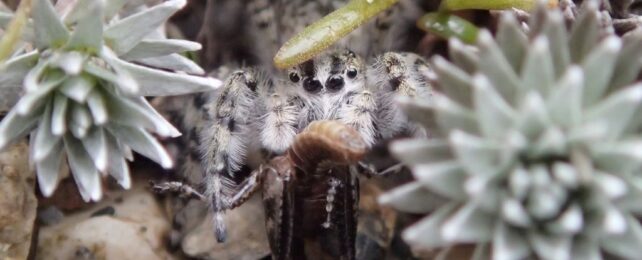Jumping spiders are all the rage among entomologists, but an entire genus living in New Zealand's South Island rocky alpine regions, comprising 12 different species, has managed to evade human identification – until now.
This actually isn't too surprising once you see where these new spiders live, and how well-camouflaged they are.

Eleven percent of New Zealand's land area rises above the line where trees can survive, yet below permanent snowpack: this is the alpine zone. To survive this harsh terrain, spiders must weather high UV exposure in summer, months of snow and ice cover, wind speeds that reach 180 kilometers (112 miles) an hour, and temperatures that range from -15 °C to 27 °C (5 °F to 80 °F).
Biologists Robin Long, Cor Vink, and Adrian Paterson, from Lincoln University in New Zealand, trekked across the rocky reaches of the South Island alpine zone to collect 170 jumping spiders, and took a few more from lower-altitude rocky sites.
As such, they named the genus Ourea, after the mountain deities of Greek mythology.

Ten of the new spider species were found to exclusively inhabit the alpine zone; two others resided mostly, but not exclusively, above the tree line.
"Spiders were either captured from the ground surface, with difficulty due to their swiftness, or from silken tent-like shelters that they build under rocks," the team reports.
"These undescribed spiders exhibit a highly cryptic morphology, appearing remarkably similar to the rocky substrates they live upon…. they were extremely difficult to see unless they moved."
Cryptic indeed: just look at the camouflage on these female Ourea petroides.

They tended to favor rocks covered in crustose lichen, which is "probably because the growth of lichen corresponds with a more stable substrate, which may support a small ecosystem of prey species," the team proposes.
They were able to collect enough specimens to tell the species apart, particularly by their genitalia, which is one of the most distinguishing features of each spider species.
Ourea is an exciting addition to New Zealand's under-studied diversity of jumping spiders, of which just a quarter have been previously described.
The spider was described in the New Zealand Journal of Zoology.
